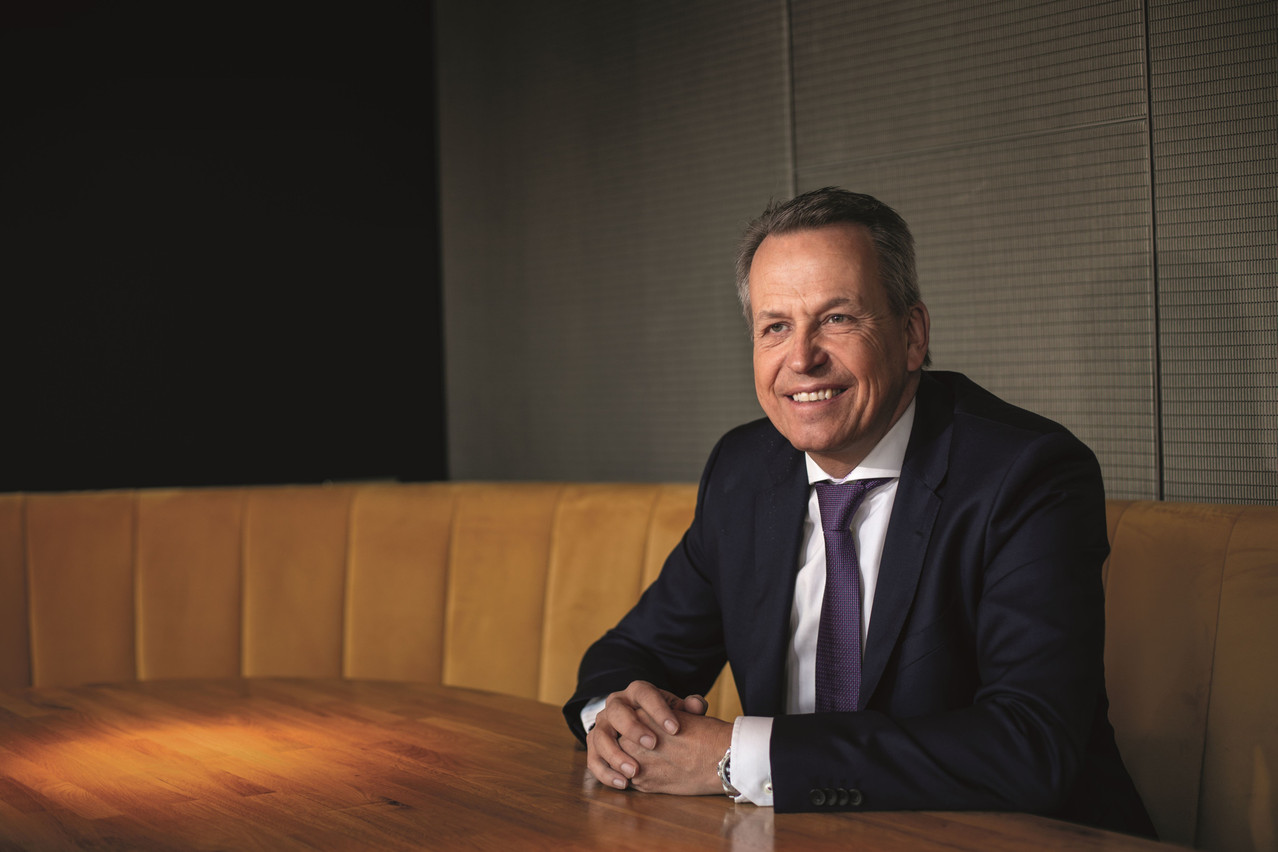“The media coverage of the private equity market is mainly focused on the largest private equity transactions and leveraged buyouts,” said Rainer Ender, global head of private equity at Schroders Capital, which represents roughly €20bn in assets under management, during an interview on 22 June 2023. He explained that the private equity market is very broad. It includes large leveraged buyout funds that are driven by the debt market and which account for half of the market.
Ender considers the other half “more attractive”: it covers businesses such as venture capital, “startup financing in the very early days” and the “less cyclical” small and medium enterprise buyouts.
The route from investment to exit
Ender mentioned, as a case study, a company that has no succession plan within the family. The buyout manager would typically buy 60% of a company with the entrepreneur’s family keeping the remaining 40%. Then there is “a five-year alignment of interest to develop the company further” and to de-risk the company from the entrepreneur.
Why would you sell a [functioning] business that you have owned for several years and you believe [will also function] the next five years?
“Who has the contact with the main clients? Who is innovative within the business? Who controls the finance details and how well everything is run?” asked Ender. He explained that making the company more independent from the entrepreneur takes time. “Only then, five years later, is such a business ready to be acquired by a larger corporate, or else the integration would be far too risky and the willingness of the entrepreneur to work in a large corporate world as a fully acquired business would not work either.”
An initial public offering is generally not an option for these still relatively small companies. The other exit routes are the sale to larger funds, to strategic buyers or rolling them over into a secondary fund, also called a continuation fund, enabling “the fund manager to keep the ownership of the company and maintain the management for another five years or so”, said Ender.
The latter option gained in prominence during the covid-19 pandemic as due diligence became more challenging. Ender asked: “why would you sell a [functioning] business that you have owned for several years and you believe [will also function] the next five years?” Ender noted that “half of the secondary market [in the private equity space] today is so-called GP-like transactions.”
Another investment constellation for Schroders is to invest in third-party funds and co-invest in companies with these funds. It is typically a 50%-50% set-up and the third-party “fund manager takes care of the daily strategy”.
What if a client wants to sell Schroders fund units?
Contrary to some general partner competitors that can be very restrictive with a predefined buyers list only, Schroders claimed to have adopted a more flexible approach. “We would guide [the client] through the industry and help them arrange with intermediaries [that can] help prepare the sale.”
And contrary to the market perception of plenty of cheap LP stakes, Ender thinks that the opportunities are not comparable to 2009: “there are not many sellers nowadays… nobody is stressed.”
During the euphoria of 2021, said Ender, Schroders “created 33% of proceeds (one-third of the investments converted to cash) relative to the net asset value at the beginning of the year.” Ender expects 2023 to generate a distribution of around 10%, less than the “very long-term average” but a level that he considers high enough for patient investors “to address the denominator effect” which has resulted in an over-allocation to private equity for some portfolio managers.
Is the current market challenging or one in which you have greater opportunities?
“The market always feels challenging. When it’s euphoric, it feels expansive. When it is less euphoric, you’re more nervous about the outlook,” Ender said. He thinks that the market has “plenty of opportunities” across the spectrum and that the major changes in the economy create opportunities.
How has the higher interest rate environment affected private equity?
Ender argues that leveraged buyout funds have been affected most, given the large debt load. He noted, however, that the euphoric market of 2021 was “covenant light”. This is a financial jargon for loan agreements that do not contain the usual protective covenants for the benefit of the lender. The result is that those companies are not confronted with provision triggers such as Ebitda/debt.
Besides, the smaller buyout companies operate with “less leverage” through the cycle whereas the growth equity market and venture capital have no debt. It is rather more a “discounted cash flow, valuation issue” as the correction already took place in 2022.
Thanks to Schroders’s “buy and build” strategy--which aims at “transformative growth”--Ender argued that the companies in their portfolios took advantage of the market correction given that they “started with low debt in order to have firepower”. They have therefore managed to take market share by acquiring companies more cheaply.
Jumping on the Eltif bandwagon
Schroders is also proposing its own European long-term investment fund, with a €10,000 barrier to entry, a single upfront payment with no further capital call but without liquidity. The subscription opened in March 2023 and is expected to close in September 2023.
This article was published for the Delano Finance newsletter, the weekly source for financial news in Luxembourg. .
